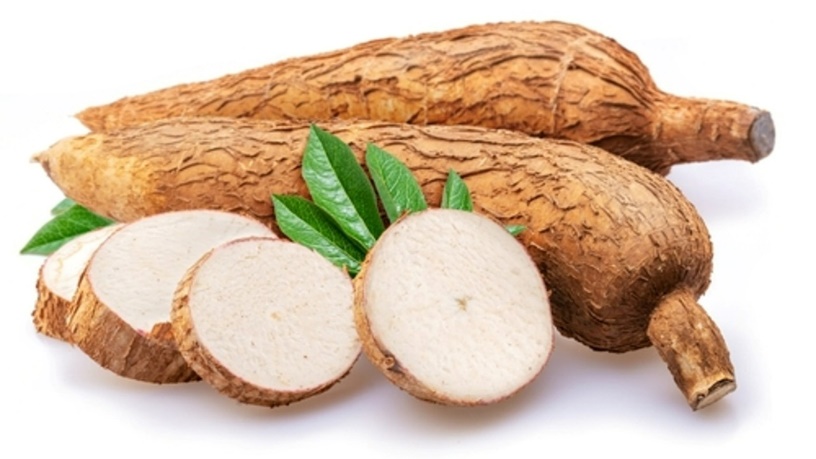Free Courses Sale ends Soon, Get It Now


Free Courses Sale ends Soon, Get It Now



Disclaimer: Copyright infringement not intended.
Context
Details
Cassava Overview:
Introduction:
Culinary and Economic Importance:
Nutritional Value:
Processing and Products:
Agricultural Significance:
Challenges and Concerns:
Global Production and Trade:
Environmental Impact:
|
PRACTICE QUESTION Question: Cassava, a vital crop globally, is known for its adaptability and economic importance. With a special emphasis on health concerns, consider the following statements: 1.Cassava is primarily grown in temperate climates due to its sensitivity to extreme heat. 2.The health risks associated with cassava consumption are primarily linked to the presence of cyanogenic glycosides. Which of the statements above is/are correct?" A. Only 1 B. Only 2 C. Both 1 and 2 D. Neither 1 nor 2 Answer: B. Only 2 Explanation: "Cassava is primarily grown in temperate climates due to its sensitivity to extreme heat." - This statement is incorrect. Cassava is well-suited to tropical climates, not temperate climates. "The health risks associated with cassava consumption are primarily linked to the presence of cyanogenic glycosides." - This statement is correct. Cassava contains cyanogenic glycosides, and improper processing can lead to the release of cyanide, posing health risks.Top of Form |
© 2024 iasgyan. All right reserved